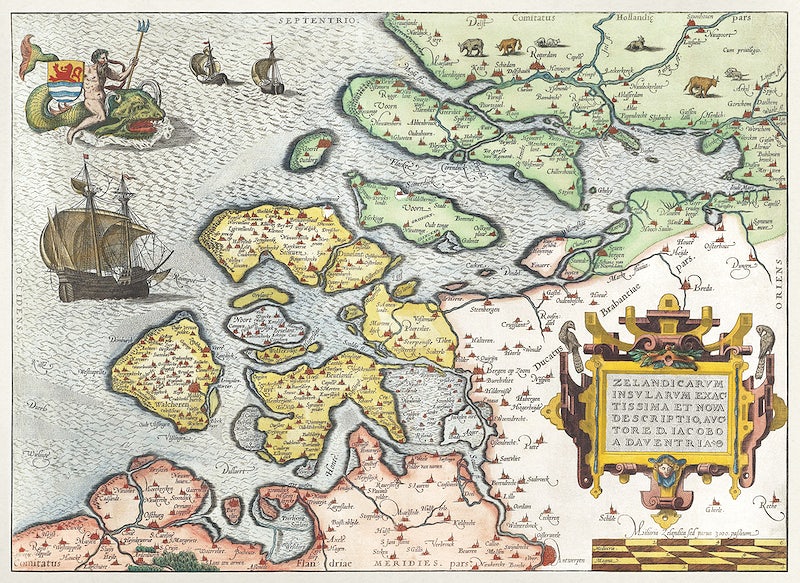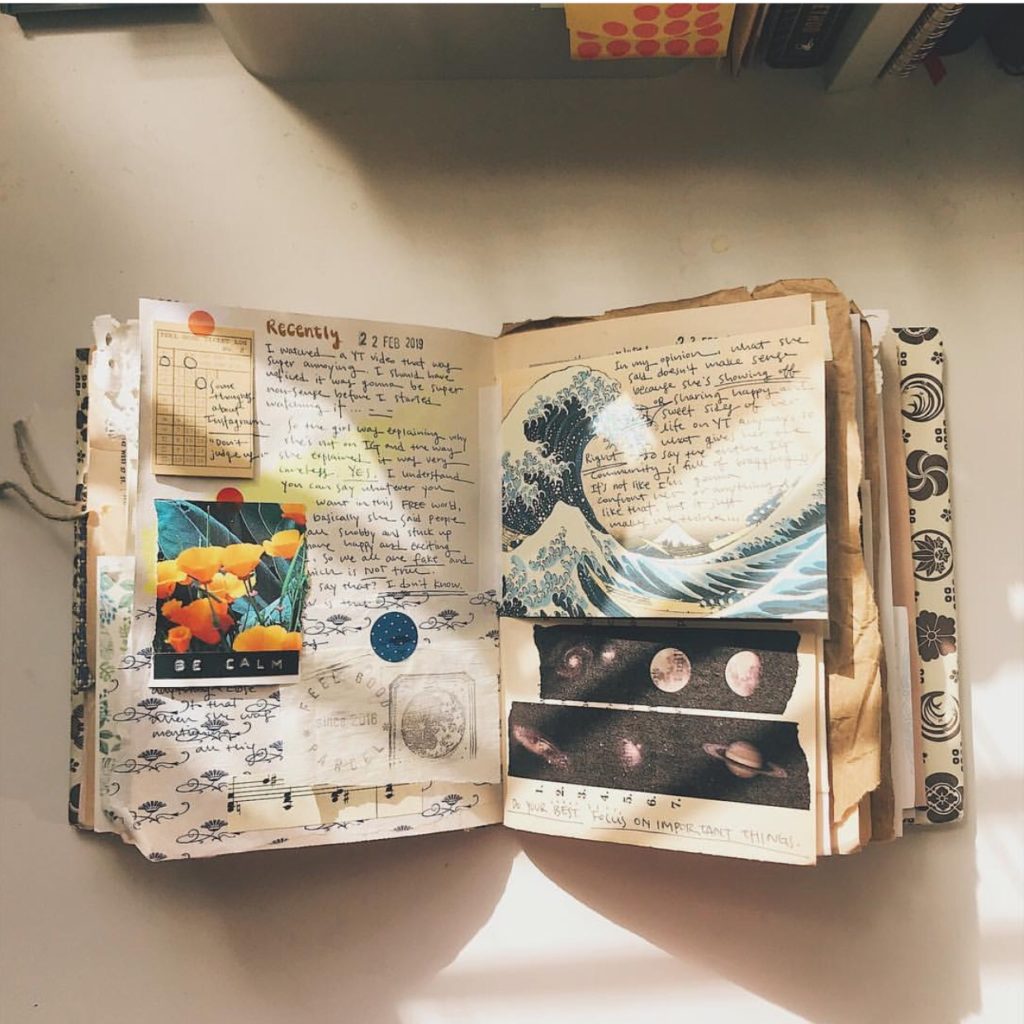on Studying Astrology Using Online Resources
I’ve found it very easy to get distracted and buffetted around by the enormous amount of resources available to study astrology. And, at the same time, be drawn to even MORE resources that I’d like to have! Then I reel myself in, remembering that, as gramma Saturn reminds me constantly:
“Less is better, and Structure is your friend!”-Gramma Saturn
Learn!
Flashcard astro-brainstorm!
- Turn your notes into flashcards
- Make a master keyword and phrase list for each planet, turn into a flashcard
- signs
- elements
- fixed stars
- decans
- lunar mansions
- specific configurations and their effects
- outer planet transit dates
- traditional correspondences
- medical astrology
- horary rules
- zodiacal releasing rules and concepts
- the years of the planets
- the triplicity rulers of the houses
- degree symbols
Turn notes into flashcards. Me, I’ve always loved flashcards. But I’m sure that to others, they are a relic of school age, so I’m always happy to remind folks about them.
Meditate!

you could meditate in this chair
For more, check out author John Michael Greer’s blog series on how to learn discusive meditation: Phase 1, Phase 2, Phase 3, Phase 4, Useful Tips.
ORGANIZE!
Organize your astrological files and charts with Google Drive or another cloud software. With this, you can create a filing system (Mine, I’m always expanding upon and adjusting) to more easily access your pdf learning materials, spreadsheets, charts of elections, friends and family, celebrities, each root natal chart also with a whole host of sub charts and tables of lot positions, fixed star parans, firdaria, decennials, ZR, etc.
Try using a free note-taking software such as Evernote or OneNote for note taking and saving useful learning material all in one place.
Create rubrics and worksheets for your chart exploration, and use them repeatedly until the process you’re learning is second-nature. Check out my post on using rubrics and worksheets for an exploration of this practice technique.
Set Goals! (and meet them)
Especially if you’re learning outside the context of a course, either before eventually taking a course, after or in-between taking courses, or maybe you just learn best on your own, you’d likely benefit from organizing your astrological studies around your learning goals. Here we can learn from our Virgoan friends.

Practice!

Aim for 200 charts as a goal for your growth as an astrologer. I got this number from Robert Zoller’s work on learning medieval astrology, and I like the round, yet arbitrary number. It’s a large enough amount that it will take asignificant time investment to complete, but it’s attainable. And attaining this number of 200 charts systematically and thoroughly delineated will provide considerable skill and understanding, especially when practiced alongside or preceding (for those more hesitant): live chart reading practice.

Now, I’ve only recently begun giving readings myself, so I’ll be writing a lot more on this in the coming months, which I’ll link back here. For now, I’ll note that even at this very beginning, giving a practice reading to my sister, my notion of certain chart features instantly morphed and expanded in a really notable way.
- Many short Q&A’s about specific chart features with close, understanding, and patient friends and family members = mini readings
- Regular sessions with one or a few willing subjects
- Chart studies, where I offer free consults to folks willing to explore specific chart features with me live

- ZR
- Firdaria
- Profections
- Lunations
- Transits
- Eclipses
- Revolutions
- Progressions
- Apocalypse

Take it Easy!
Look at the sky– embodied, phenomenological, animist. Take a Babylonian approach.
Conclusion
As you can see, there’s a lot more to studying beyond learning the facts, though that is part of it. There’s the entire journey of imbiding the information through memorization, making a soul connection with what you’re learning through meditation and journeying, and practicing what you’ve learnt, bringing it into the world through enactment, and ideally benefiting people. Even if you’ve just scraps to learn from, approaching learning deeply and with full consciousness can take you far.
I hope you can benefit from this exploration of learning using online, or any, resources. Got other ideas for learning? Please share in the comments below, or send me an email at starrywoodsastro@gmail.com!
Yours amongst the trees and under the stars,
